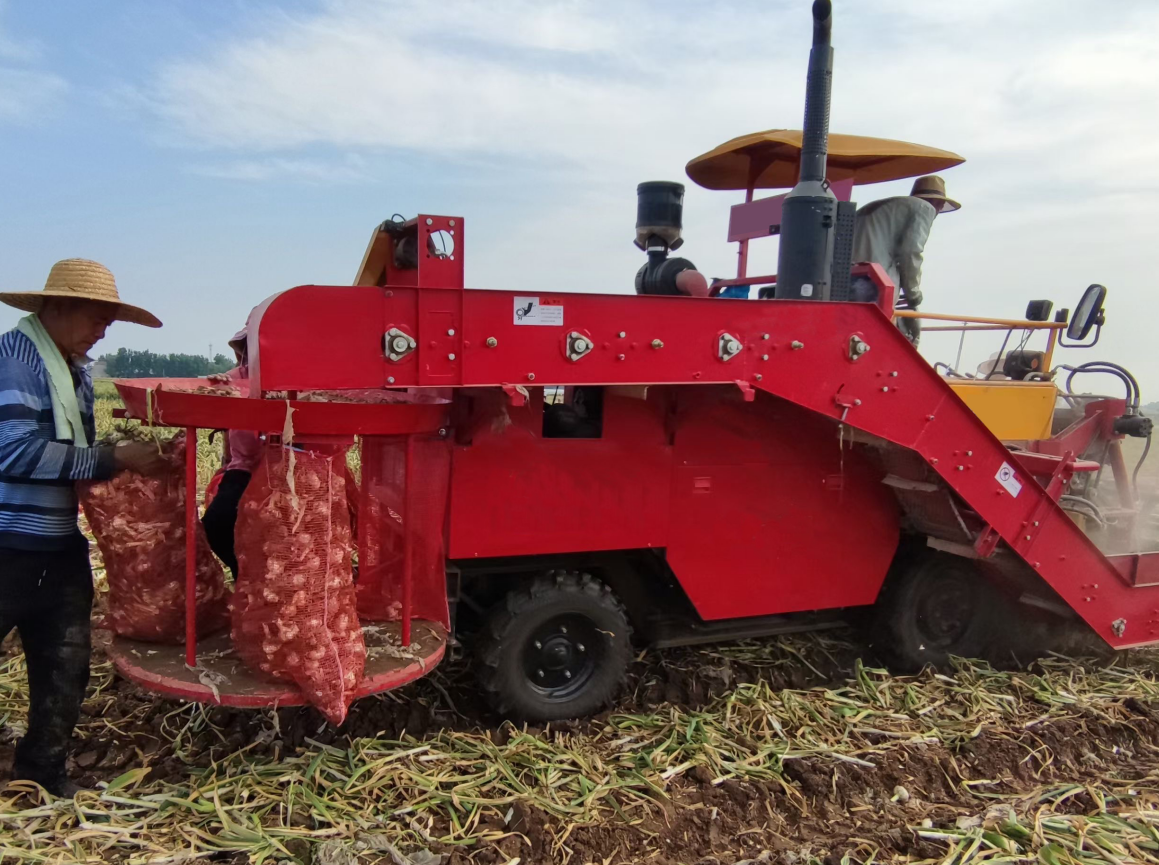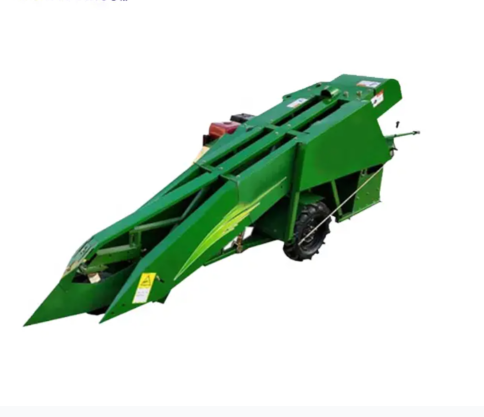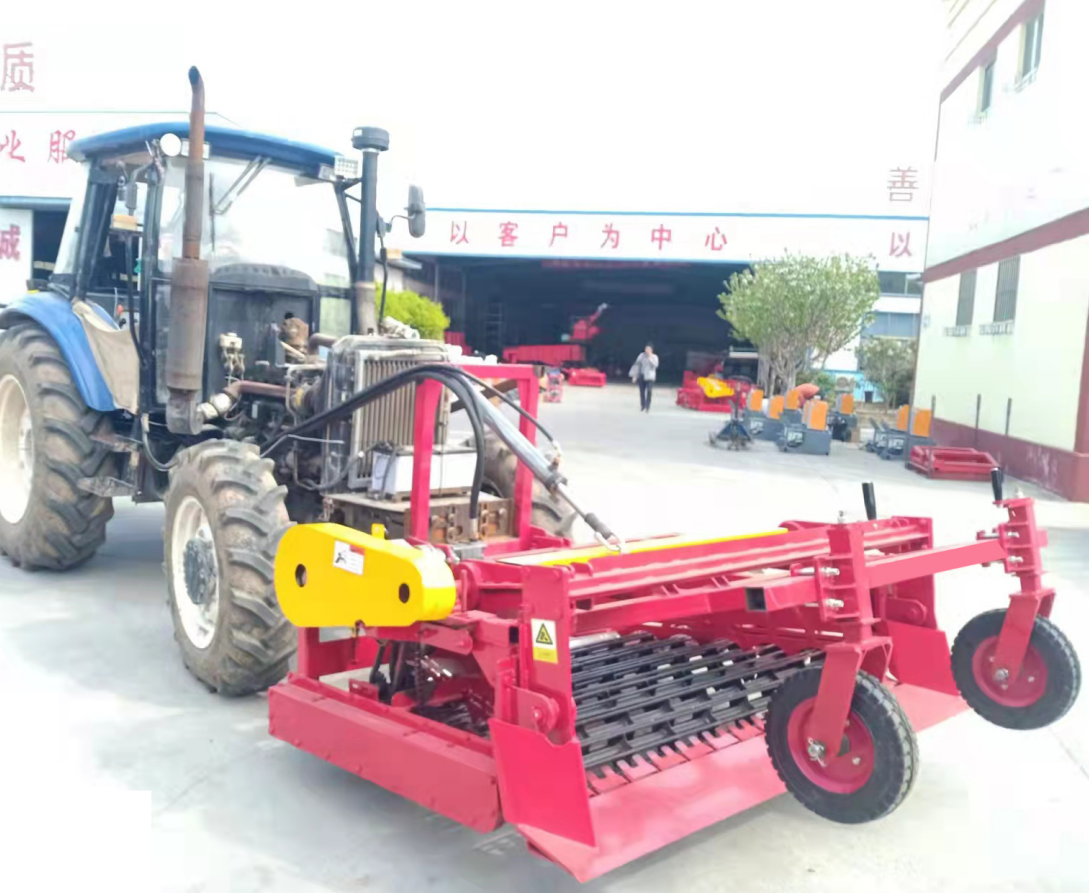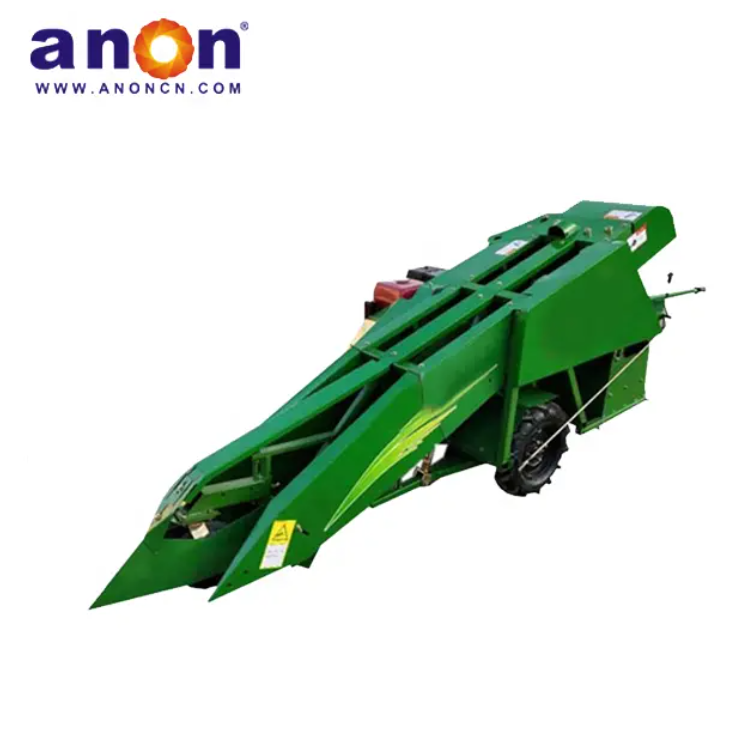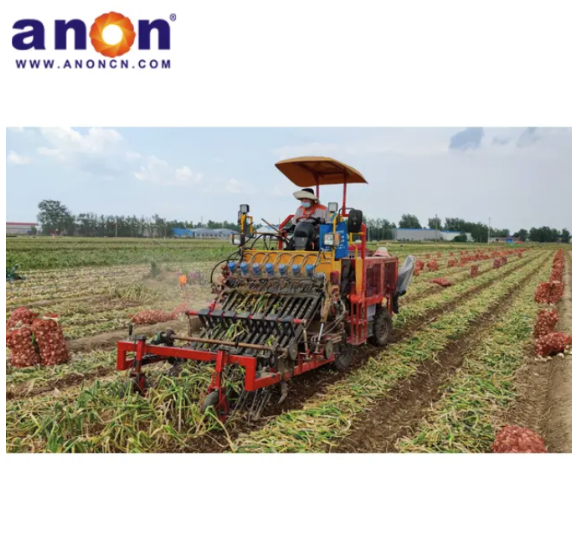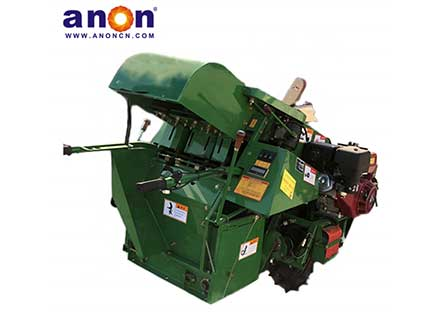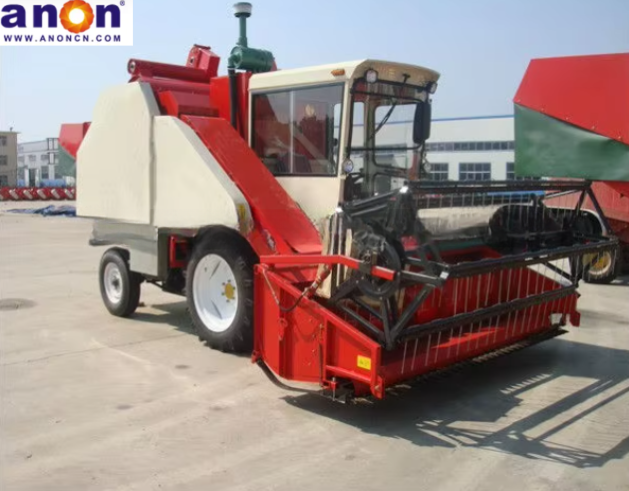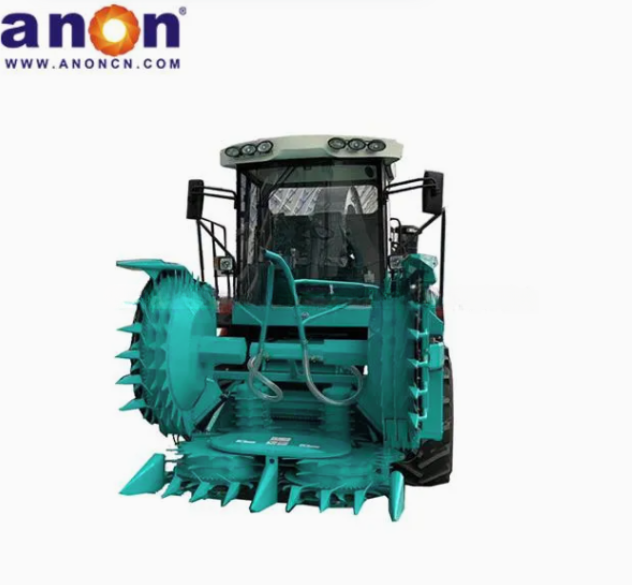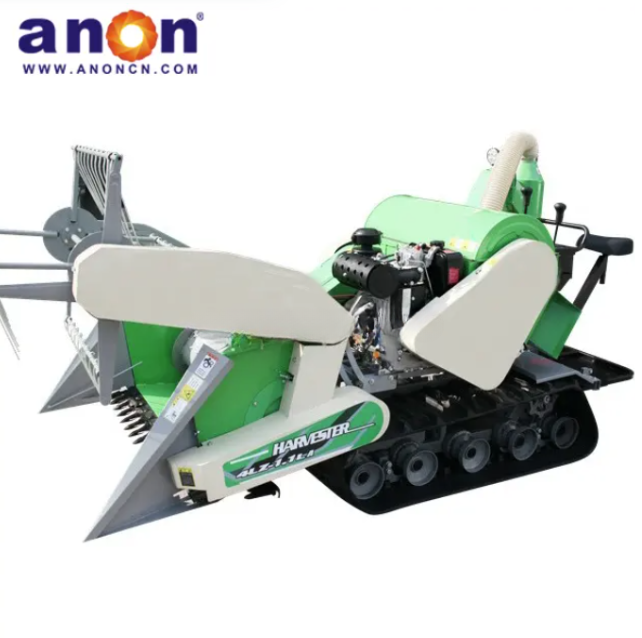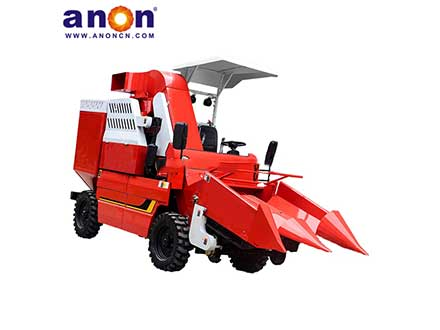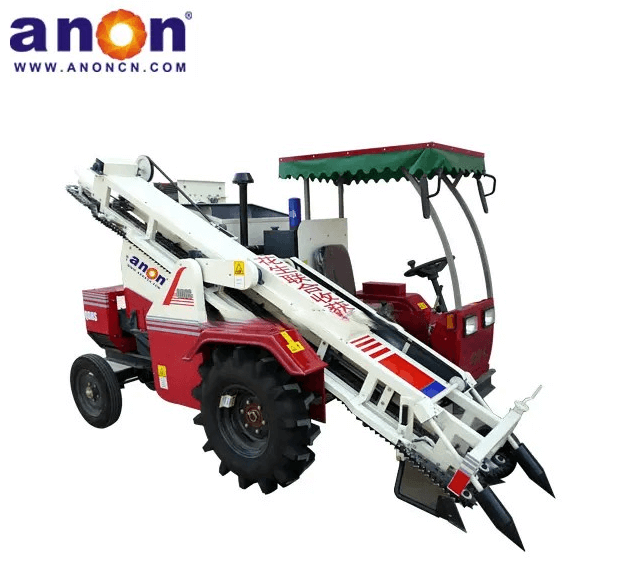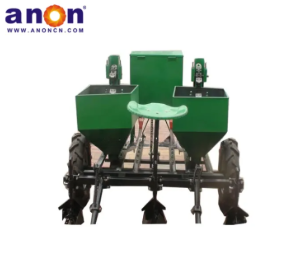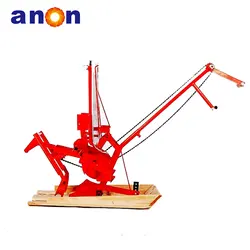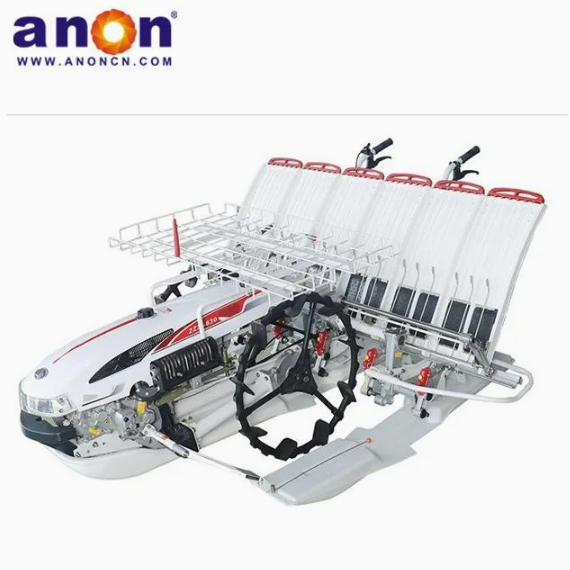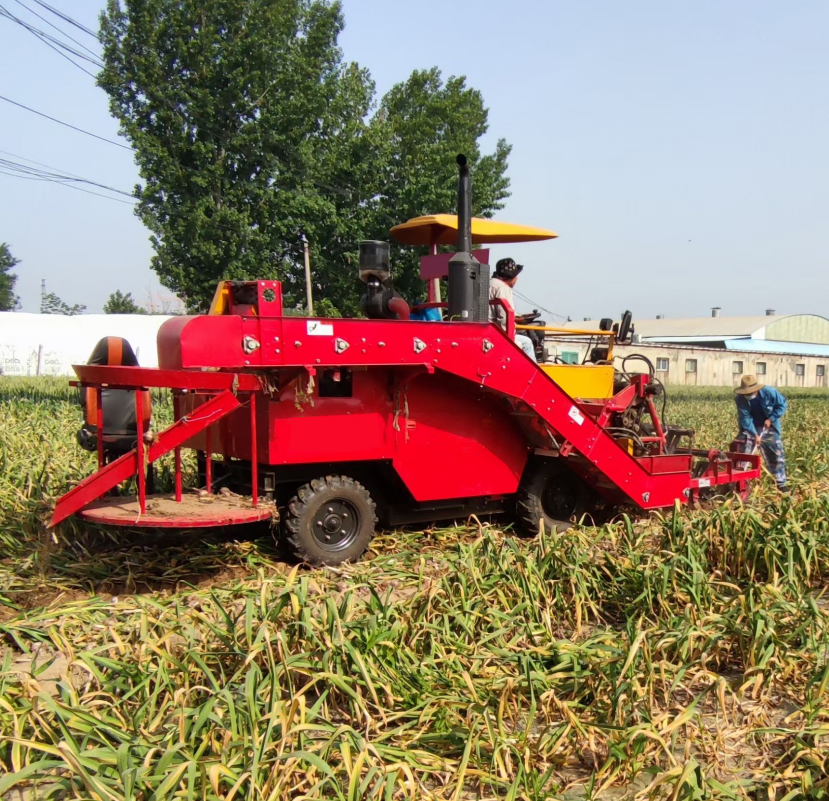
Garlic Harvester
ANON garlic harvesters help improve harvesting efficiency and reduce labor input. The highly automated operation eliminates the need for manual digging, sorting, and stem cutting, completely freeing harvesters from the high-intensity labor of traditional methods. We offer various types of garlic harvesters, including self-propelled and walk-behind models. Our garlic harvesters can perform multiple tasks for you.
1. Digging: The digging shovel and depth-limiting wheels work together to dig the garlic from the soil at an adjustable depth to accommodate different planting depths.
2. Conveying: A clamping conveyor chain transports the dug garlic to the separation area, preventing damage.
3. Cutting: A disc blade separates the garlic bulb from the stem, resulting in a clean cut and controllable stem length.
4. Vibration: After cutting, the garlic bulbs are vibrated by a vibrating screen to remove excess soil and then conveyed to the subsequent baling stage or laid directly on the ground for drying and loading.
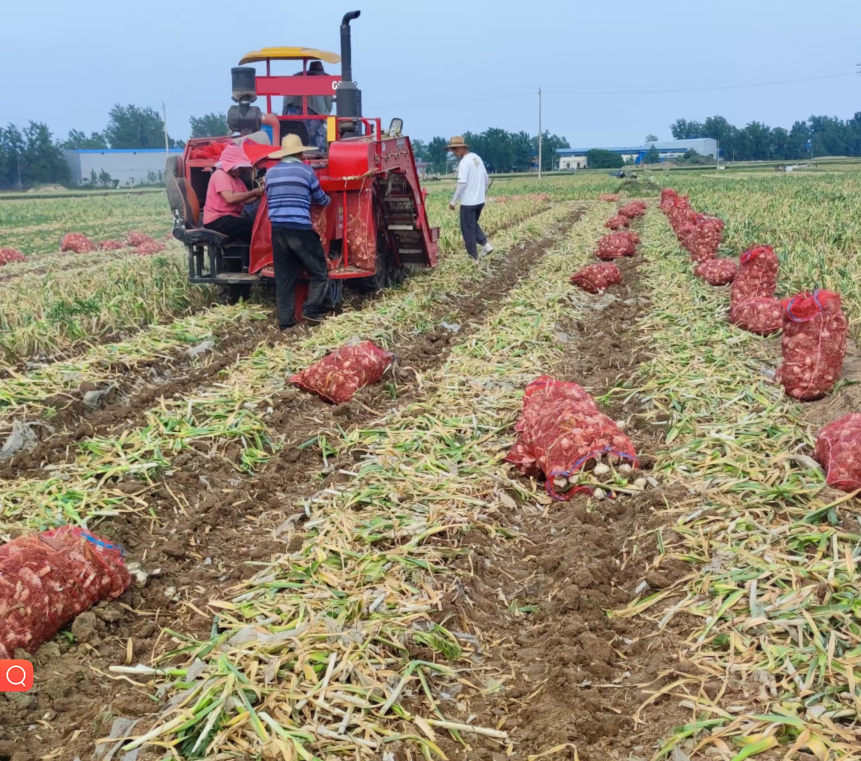
Cost Effective
ANON garlic harvesters enable you to harvest garlic efficiently. Garlic harvesting is highly seasonal and short-term, and manual harvesting is tedious and labor-intensive. You’ve likely experienced the difficulties of hiring workers and the high cost of labor. With a garlic harvester, you no longer need to worry about harvesting too quickly. It eliminates the tedious work of manually digging, cutting garlic stalks, and removing soil. The machine completes these tasks, easily harvesting garlic bulbs and shortening the harvest cycle from over ten days to just a few days, significantly reducing your time and labor costs. Owning a garlic harvester not only provides you with an efficient production tool but also generates income. Besides using it on your own farm, you can harvest for other growers or rent the machine to others in need, thus creating additional income.
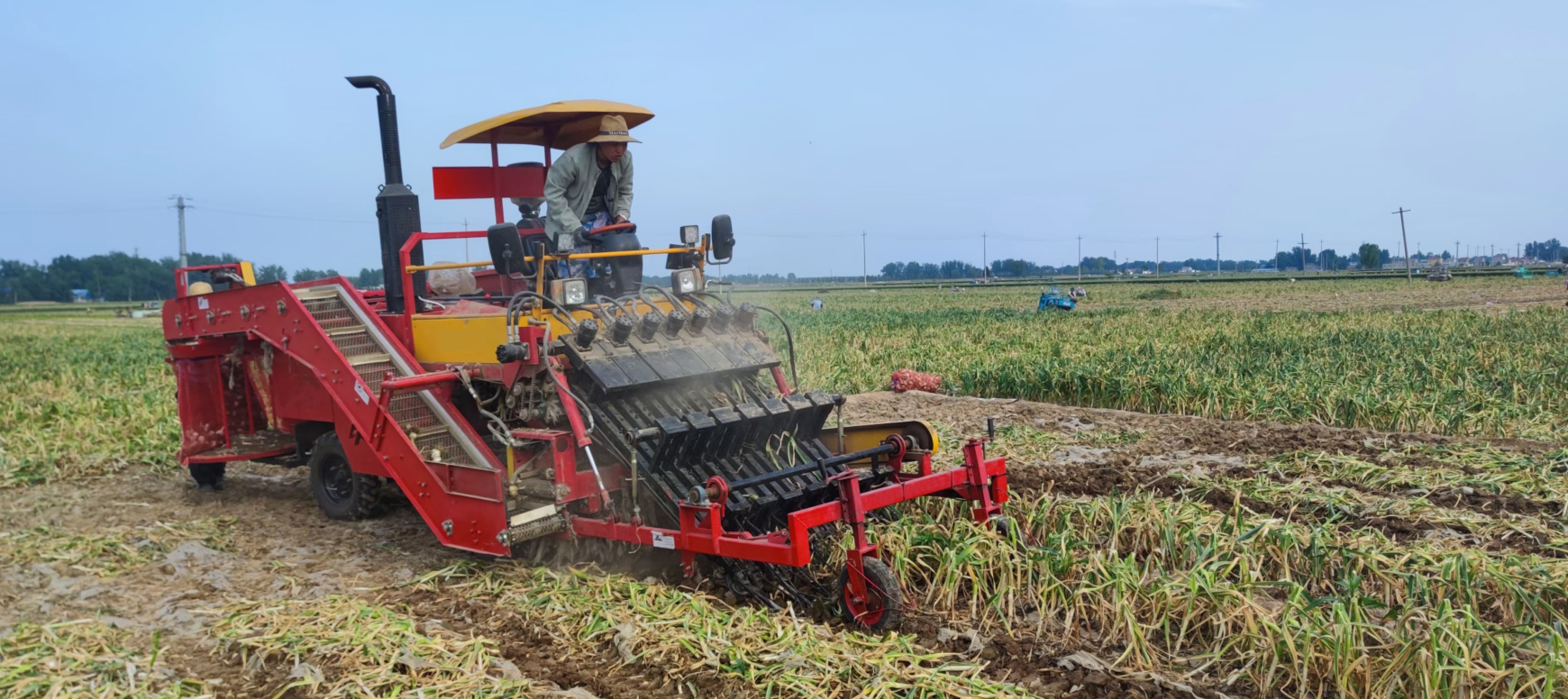
Good harvest quality
When harvesting garlic by hand, it’s easy to nick the skin or crack the heads while digging, bumping, and bagging. You might not see the damage right away, but it can lead to quick rotting as the garlic is stored and transported. The ANON garlic harvester uses a special spring steel digging shovel and depth-limiting wheels. When used in the ground, it can be set to dig 5-15 cm deep. This helps to keep from crushing the garlic heads. Subsequently, flexible clamping, vibration separation, and other technologies are used for gentle treatment, resulting in a much lower loss rate than manual harvesting. With precise cuts, the harvested garlic looks neat and consistent. A vibrating screen shakes off extra dirt, so the garlic ends up clean and ready to sell. This means it meets market standards right away, boosting its appeal to buyers.

Good Cleaning Effect
The ANON garlic harvester shakes the clamping conveyor chain to move and shake the garlic. This movement uses force to separate garlic heads, soil, small stones, and roots. This gets rid of most of the soil. As the garlic cloves move, they fall onto a vibrating screen. The shaking helps remove any soil stuck in the gaps or at the bottom of the garlic cloves. Through multi-level cleaning, the harvested garlic has a high degree of cleanliness, reducing the burden of subsequent processing.
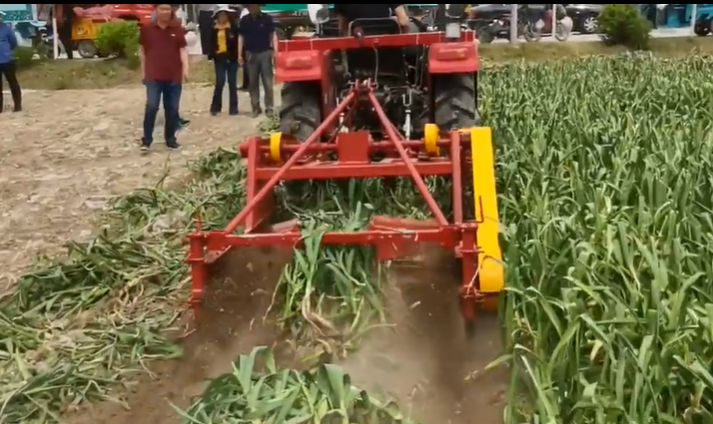
Strong Adaptable
ANON offers different types of garlic harvesters. The walk-behind model has a compact body and a small turning radius, easily navigating small plots, terraced fields, or greenhouses. It can harvest two rows of garlic at a time, and the harvested garlic bulbs are laid flat on the ground for subsequent processing. Self-propelled garlic harvesters work best on flat, connected fields. They can harvest more rows at once and get the job done faster. These machines also have a wide range of soil adaptability, suitable for various soil types such as sandy soil, loam soil, and clay soil. By adjusting the excavation depth and vibration parameters, garlic seeds with different planting depths can be adapted. Adjustable row spacing, supports multiple planting methods such as dense planting and wide ridges, and can be put into use without the need for land renovation.
FAQ
Divided by working method:
Segmented: First excavate and lay, then collect manually/with pickups, with low equipment investment, suitable for small-scale planting of less than 10 acres or complex soil conditions.
Joint type: Complete excavation, stem cutting, soil removal, and collection in one go, with high efficiency (2-15 acres/hour), is the mainstream type, suitable for planting on a scale of more than 30 acres.
Divided by power connection:
Tractor connected (suspension/traction): relying on tractor power, suitable for 10-80 horsepower tractors, preferred by small and medium-sized farmers.
Self-propelled: Equipped with independent power, the operating efficiency is 8-15 acres per hour, suitable for large-scale planting of over 100 acres.
Handheld: small and lightweight, suitable for small plots of land and mountainous areas, and can be operated by a single person.
Here’s how to check it:
1. Make sure you’re digging deep enough (1-2cm below the garlic root). Adjust the depth-limited wheel if needed.
2. See if your speed is right for the vibration frequency. Going too fast can cause you to miss garlic. Try to keep the speed under 2km/h.
3. Check the conveyor chain for looseness and tighten it. This will keep the garlic from falling off.
4. If the garlic isn’t planted in rows, swap to a flexible conveyor to cut down on misses.
The reasons for the damage may include excessive excavation depth, fast conveying speed, and worn cutting blades. Firstly, you need to adjust the excavation depth (8-15 centimeters) to avoid damaging the garlic.
Then choose a flexible conveyor belt (such as a rubber material) to reduce friction.
Finally, regularly replace the cutting blades (recommended once every quarter) to maintain sharpness.
To keep your machine running well and lasting longer, make sure to do regular maintenance after each day’s work. Start by cleaning off any dirt, weeds, or garlic juice. Then, check that all the important parts, like bolts and chains, are secure and in good shape. Next, grease all the points that need it, following the instructions. Finally, park the machine in a dry, airy place to protect it from the sun and rain. Doing these steps—cleaning, checking, greasing, and parking properly—will help stop problems and get the most out of your equipment.
To get the digging depth right, you want the shovel to slide just under the garlic bulb. Too shallow, and you’ll slice or nick the garlic, leaving some behind or causing damage. Too deep, and you’re working harder than you need to, which wears out your machine faster without actually getting you better results.
The best way to nail this? Do a test run first. Dig up some garlic and check if the bulbs are whole. Then, tweak the digging depth until you hit that sweet spot where you’re picking up garlic quickly and keeping the bulbs intact.
Too much dirt on garlic cloves after picking usually happens because the shaker isn’t set right for the dirt, the dirt’s too wet, or something’s blocking the cleaning part of the machine. If the dirt’s heavy clay, the shaker might not be strong enough. If the dirt is super wet, it sticks to the garlic like glue. If this happens, it’s best to wait until the dirt dries a bit. Also, if the screen that separates the dirt gets blocked with mud and weeds, it won’t work. You’ll have to stop and clean it well to get it working again.

